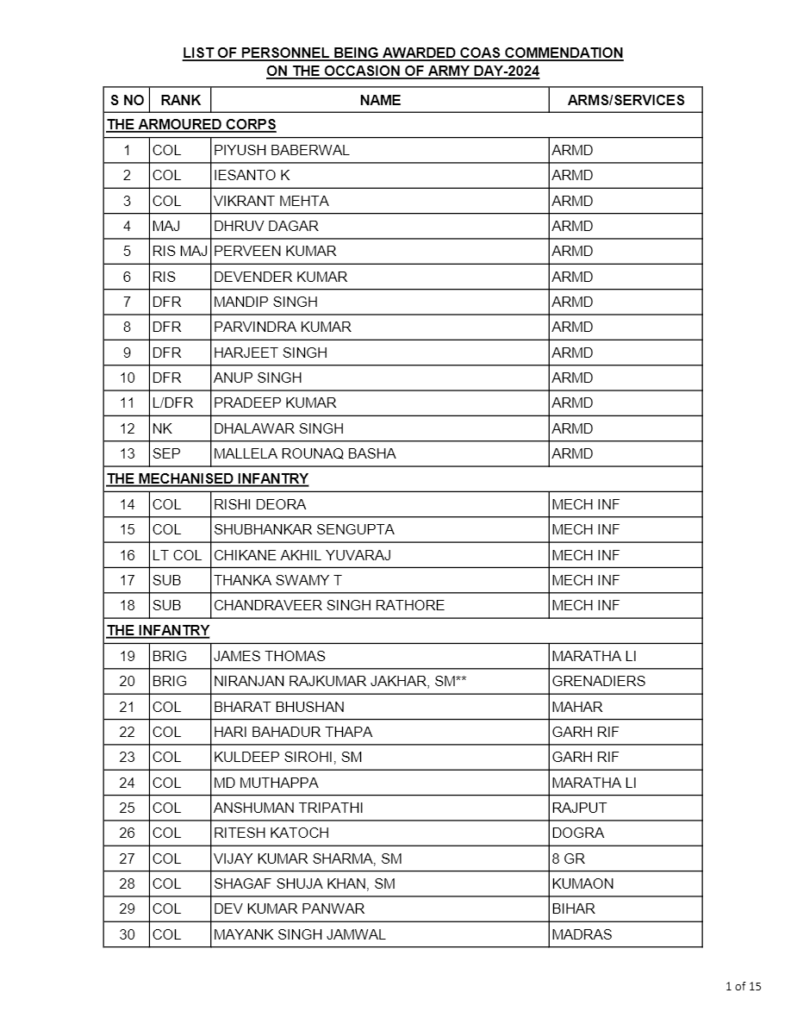
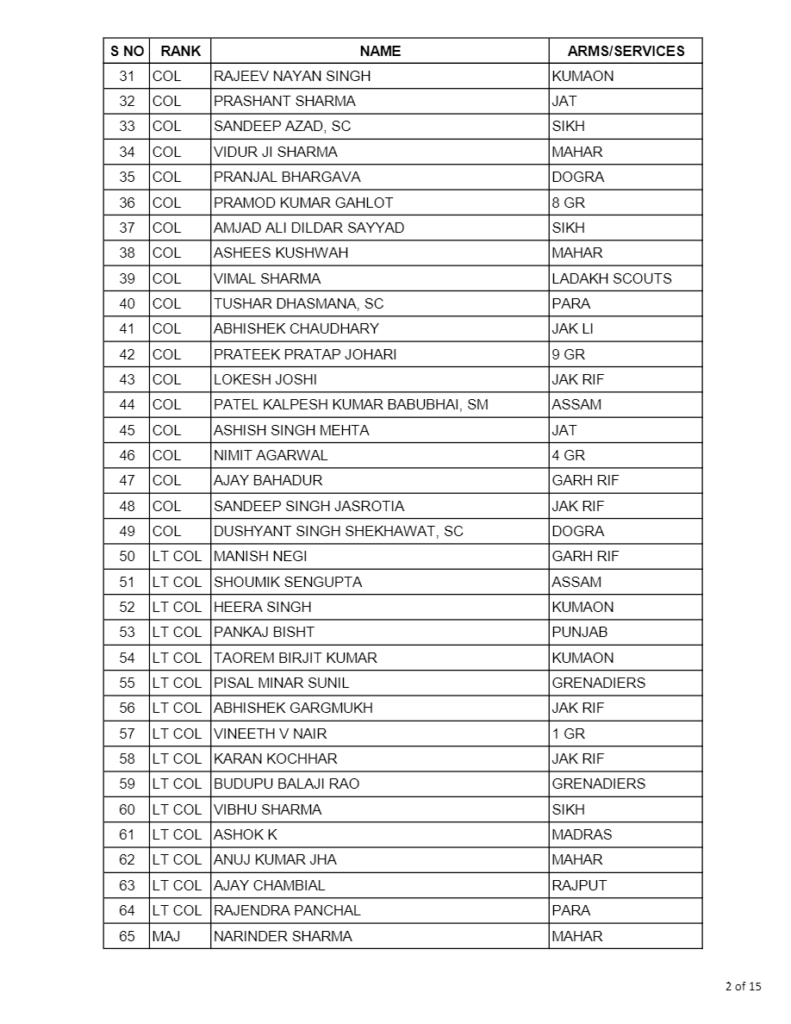
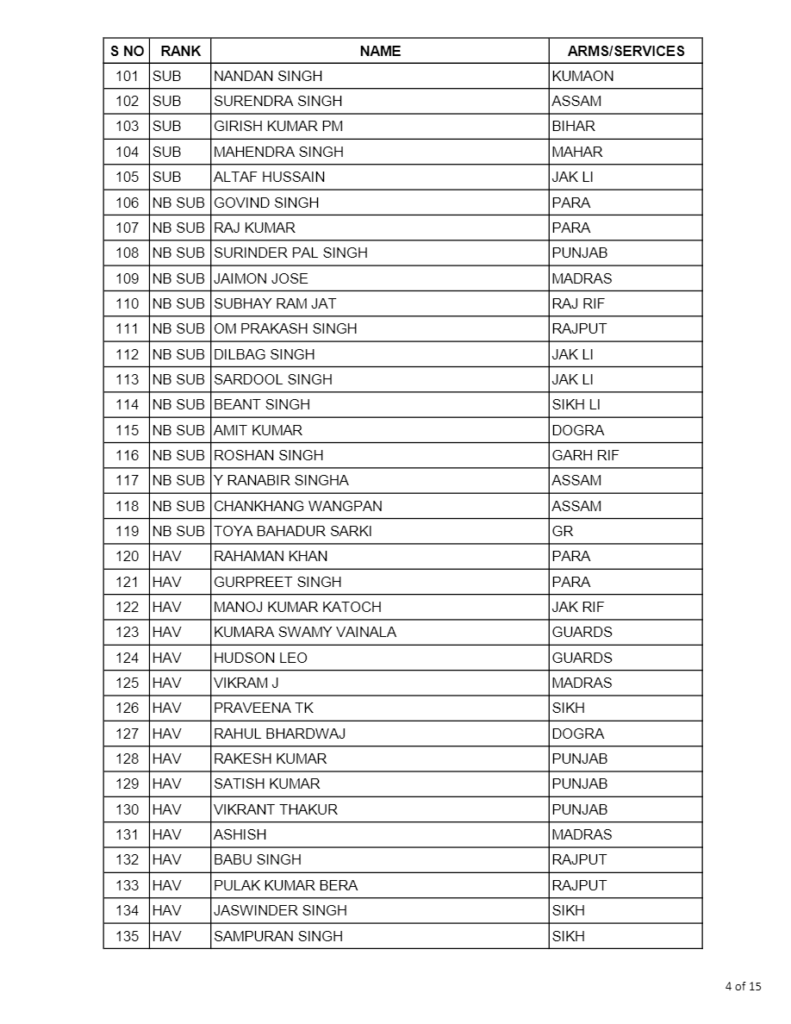
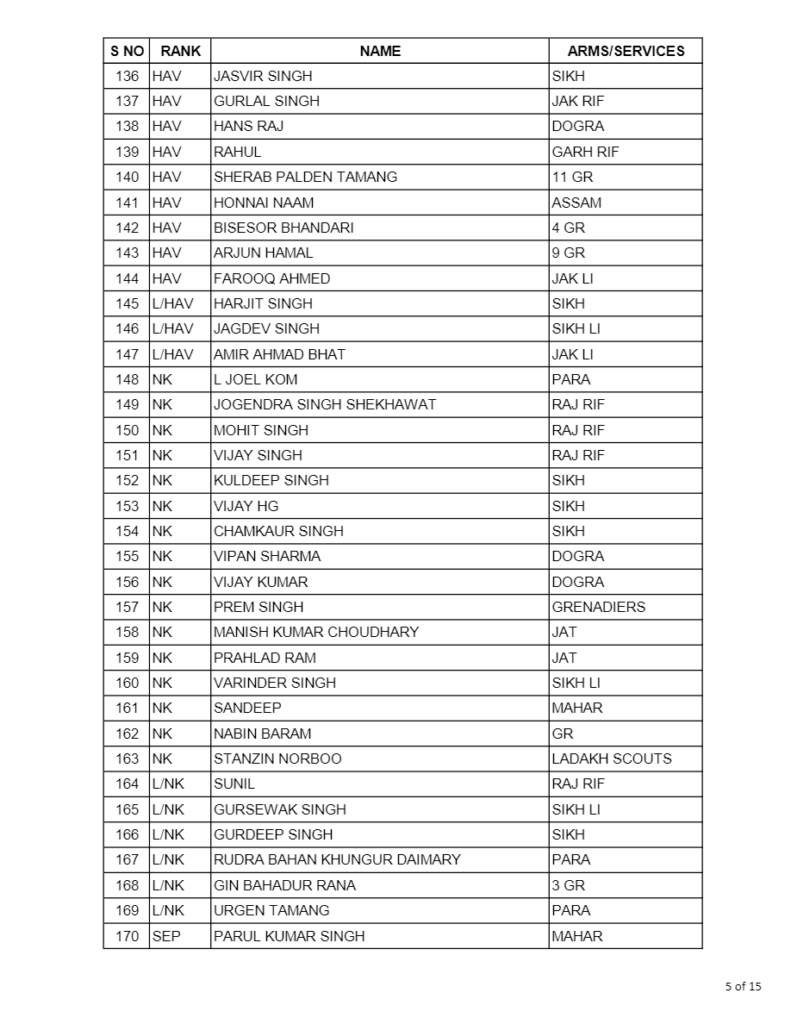
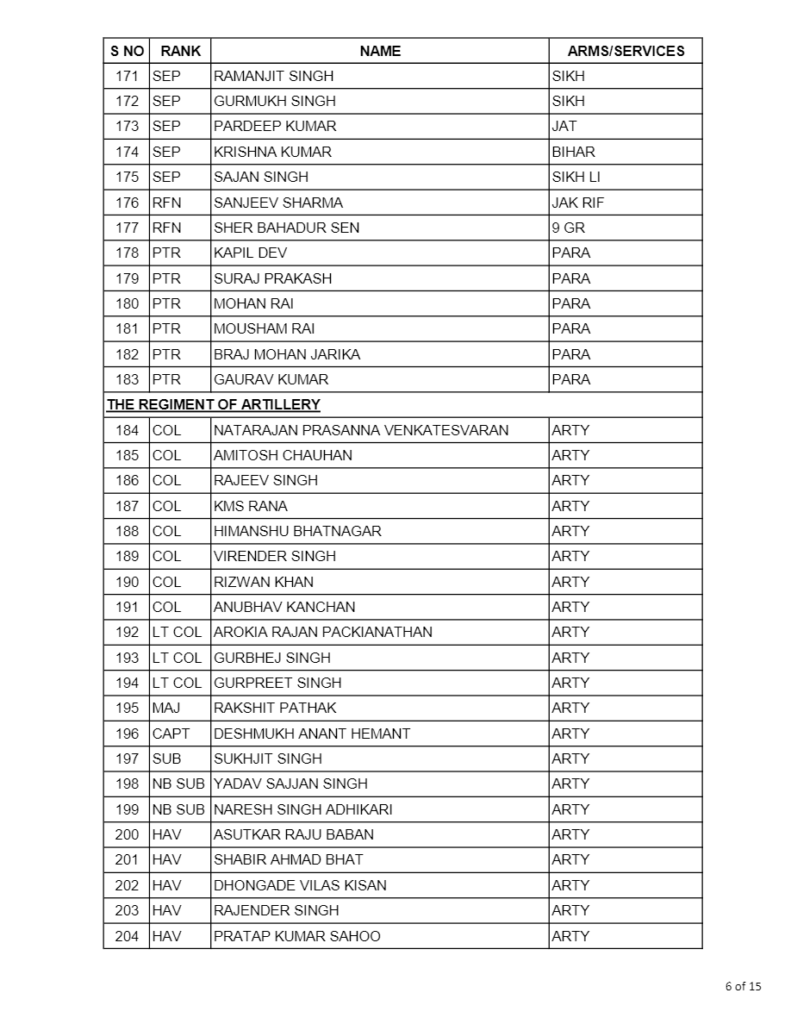
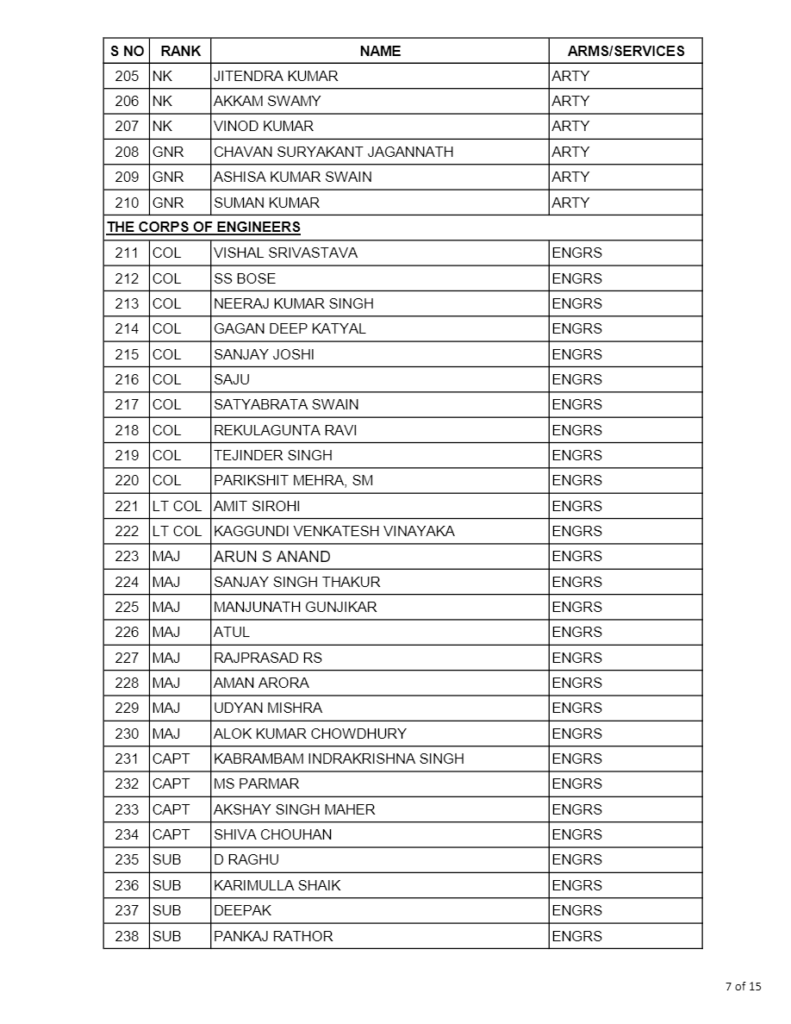
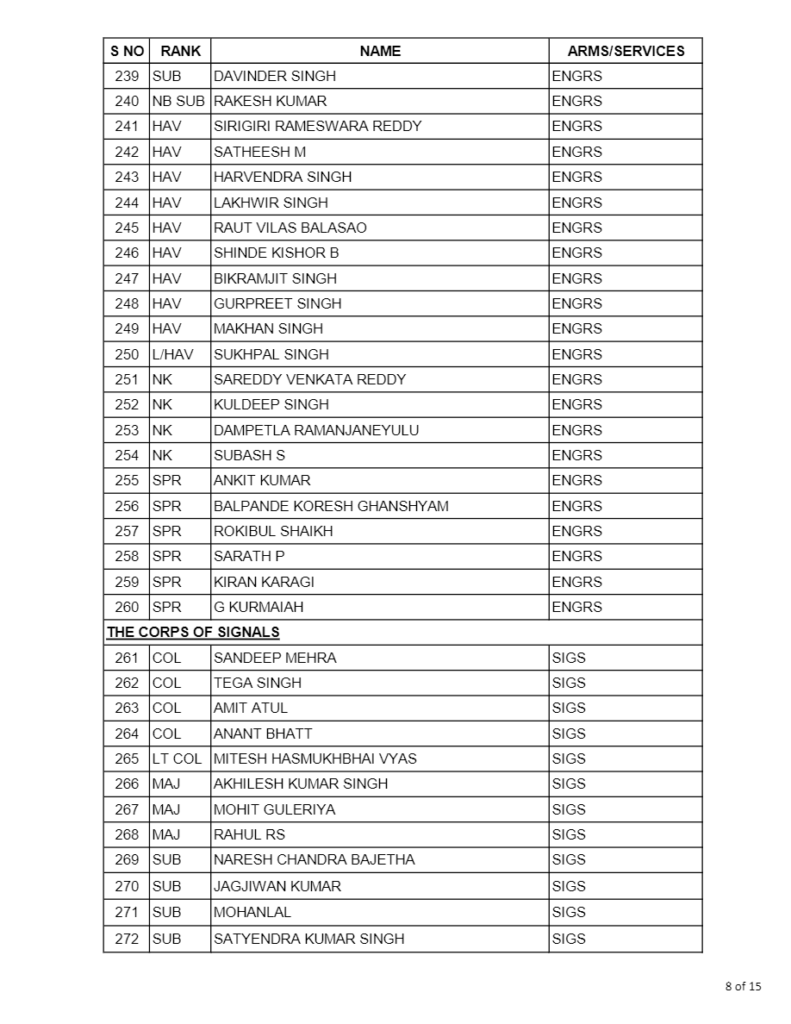
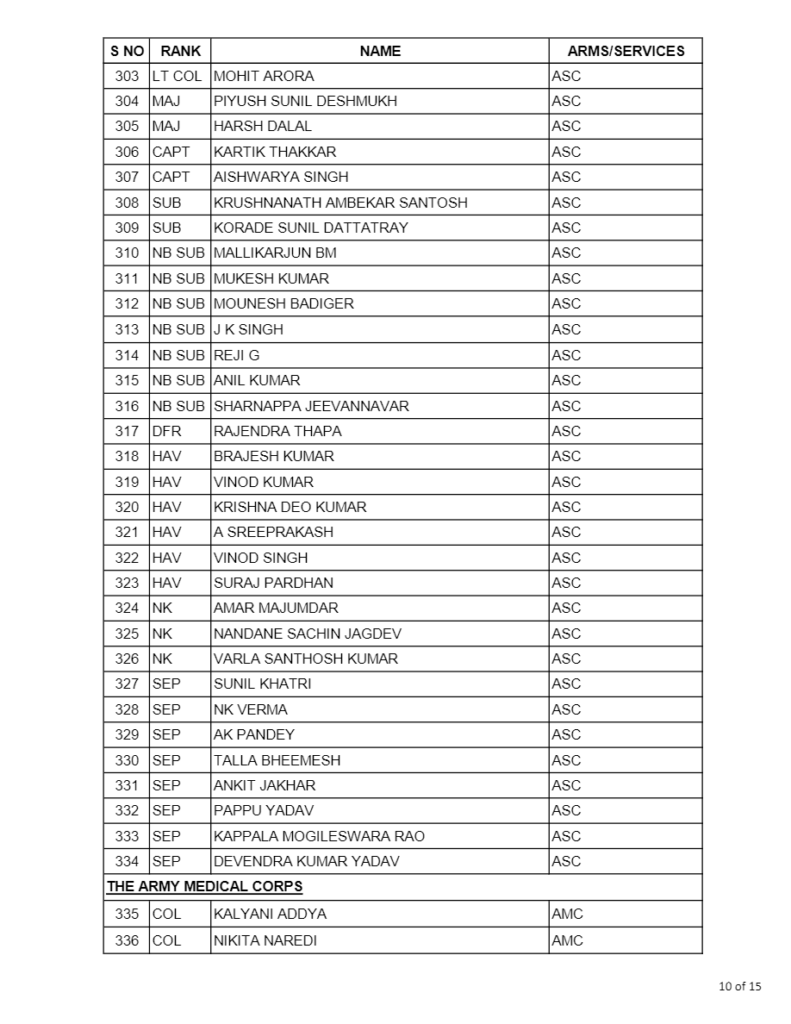
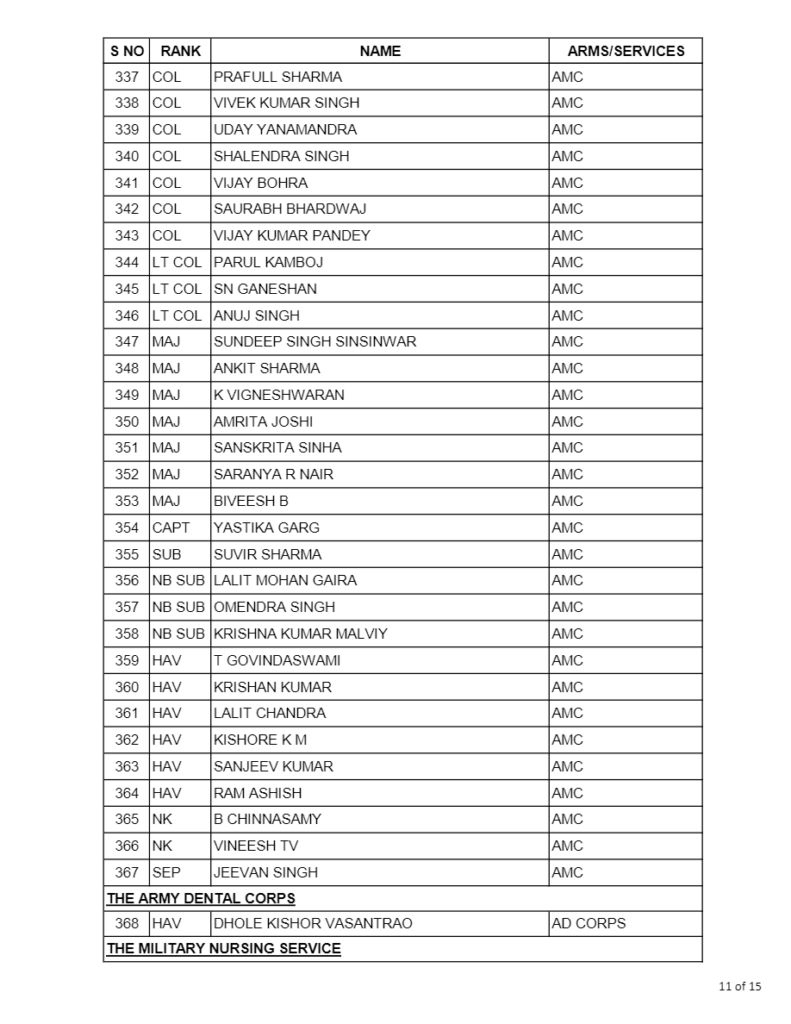
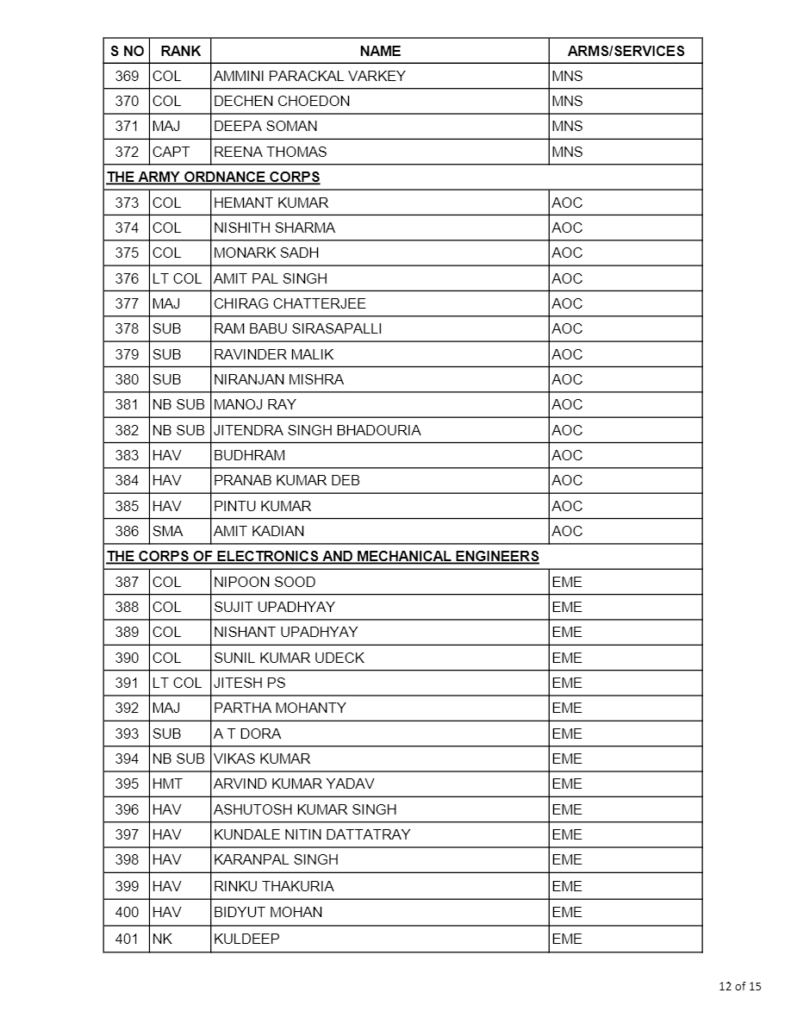
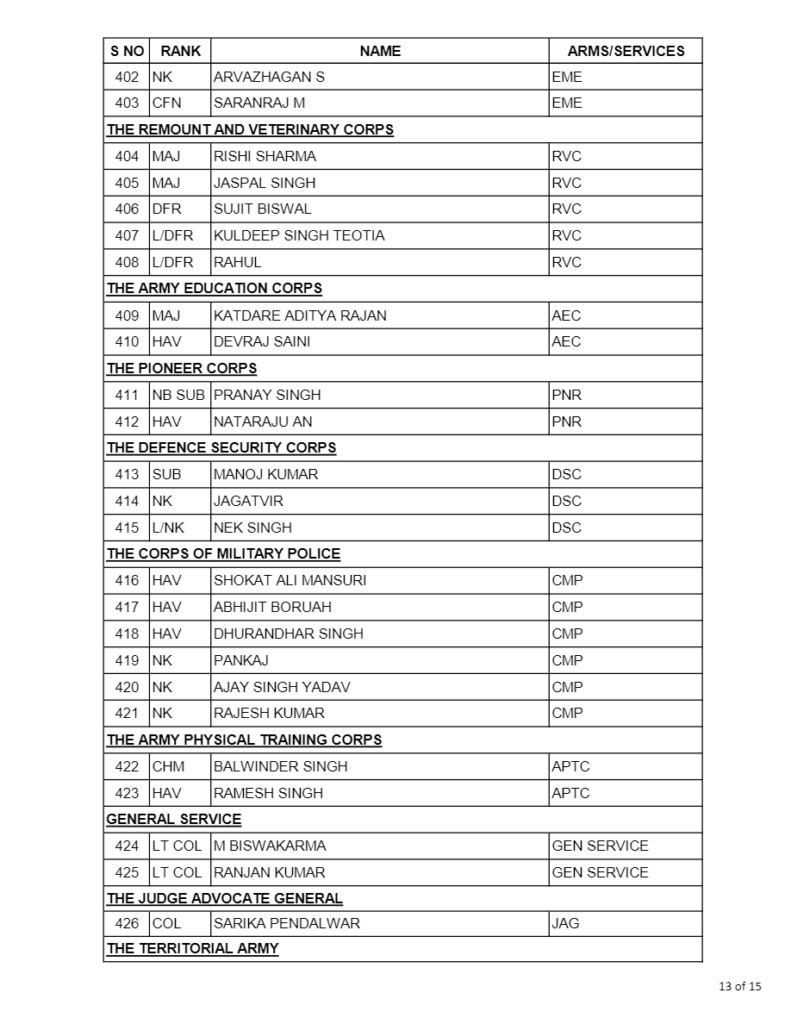
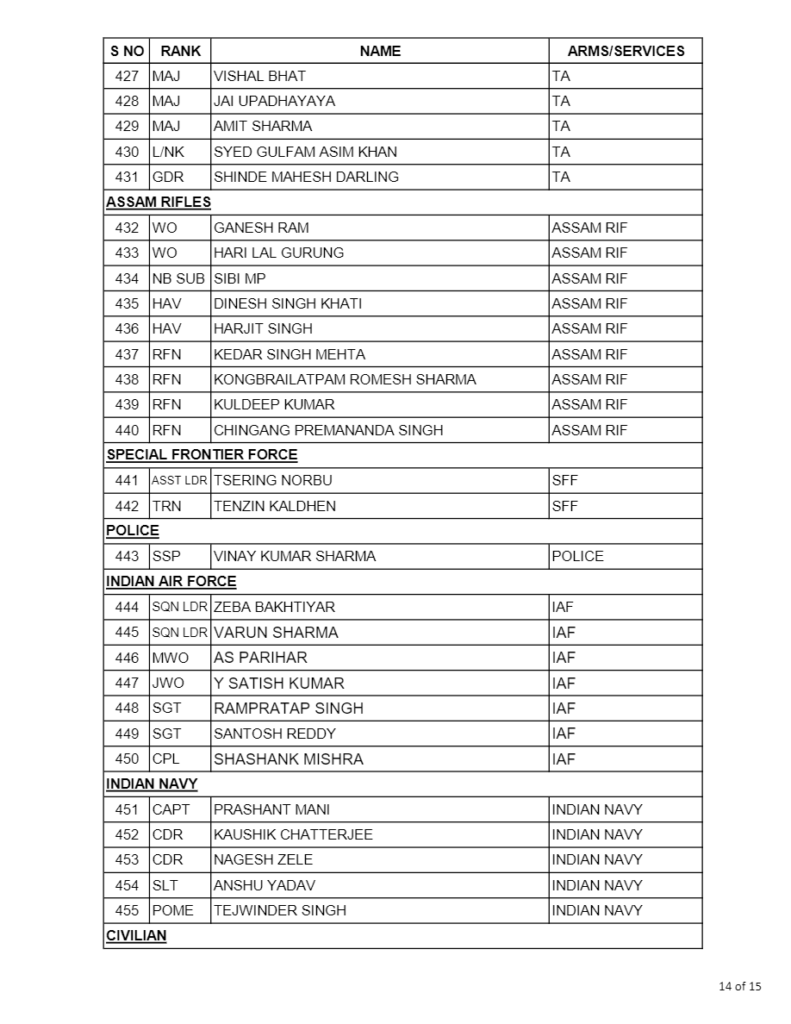
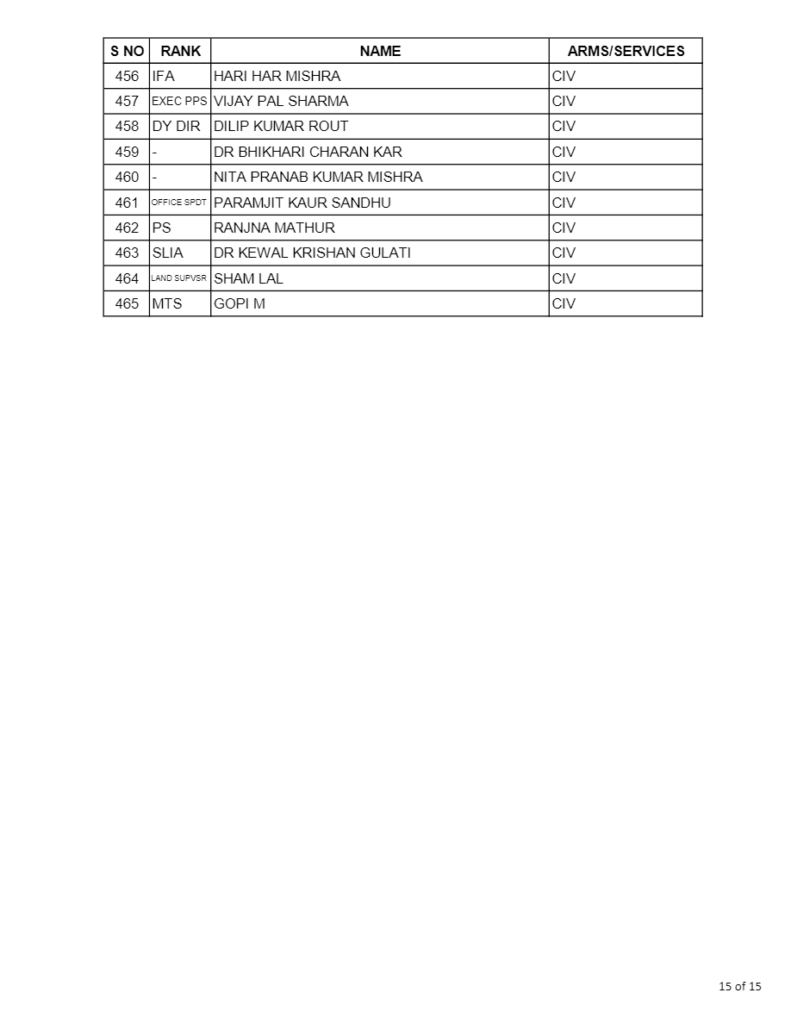
Current Events :











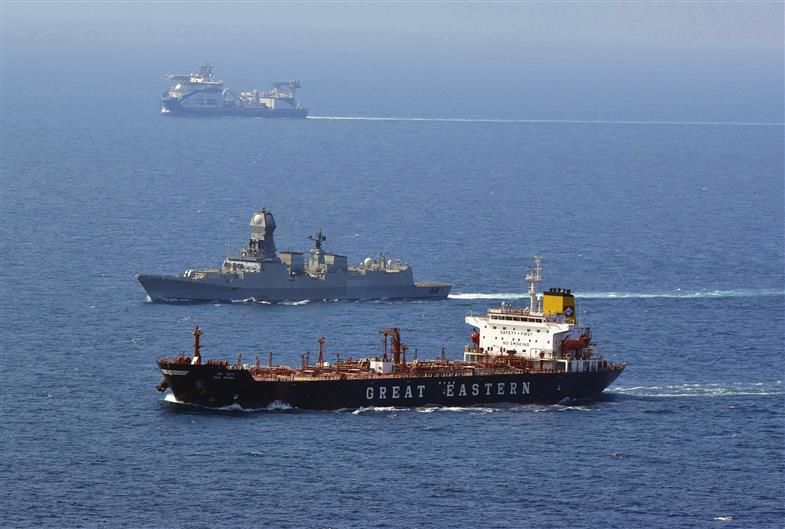
Ajay Banerjee
With Indian sea trade facing increased threats from Somalian pirates and Yemen-based Houthi rebels, the Indian Navy has heightened its presence in the Arabian Sea and is now fielding its biggest peace-time deployment at sea. Its warships are aided by live feed from powerful long-range UAVs and maritime surveillance planes that keep a 24×7 eye on the sea trade routes. India’s 95 per cent trade and more than 80 per cent of its hydrocarbon imports — crude and natural gas — are routed through the sea. Also, with more than four million fishermen, India is the second largest fish-producing nation in the world. In these past six weeks, the Navy has gone up from having two warships, positioned for years in the Gulf of Aden and at the mouth of Persian Gulf, to fielding 12 ships on patrol duties in the Arabian Sea. According to Vice Admiral AK Chawla (retd), former Southern Navy Commander, “The deployment, by numbers, is unprecedented”. It also signifies a strategic step-up to join the ‘global high table’ as nations are pumping in resources — warships, men and planes — to tackle the threats from pirate ships.
Indian Navy reacted in early December and started adding numbers to its existing patrolling duties in the Arabian Sea. By the third week of December, it had a fleet of five warships. In the later part of December, a series of attacks on Indian interests occurred, triggering another round of additions by the Navy, taking the number to 12 warships.
Capt Sarabjeet Singh Parmar, who retired from the Indian Navy and is now a Distinguished Fellow, Centre for Military History and Conflict Studies, United Service Institution of India, says, “At any given time, the Navy has several ships deployed in our areas of interest. Mission-based deployments now stretch across the Indo-Pacific”
Strong signal from India
The deployment, by numbers, is unprecedented. It is sending a strong signal that India is keen to ensure free flow of trade not just for itself but all others too… So far, our position is consistent that military ops will be only under UN mandate. — Vice Admiral AK Chawla(retd), former Southern-Navy Commander
On December 23, MV Chem Pluto destined for Mangalore refinery from Al Jubail Port in Saudi Arabia was hit, 400 km west of India. The US said the merchant vessel was ‘hit by a one-way drone’. A day later, MV Sai Baba, a Gabon-owned Indian-flagged crude oil tanker, destined for India, reported that it was hit in the southern Red Sea. All this while, the government craftily steered away from joining the US-led multi-nation coalition conducting ‘Operation Prosperity Guardian’ in the Red Sea. In the wee hours of January 12, the coalition launched air strikes on Yemen. Had India joined the coalition, it would have dented its position of neutrality. Since 2008, when the Navy first started anti-piracy operations in the Gulf of Aden, the governments of Manmohan Singh and Narendra Modi, respectively, stayed away from any military coalition to protect the sea trade routes.
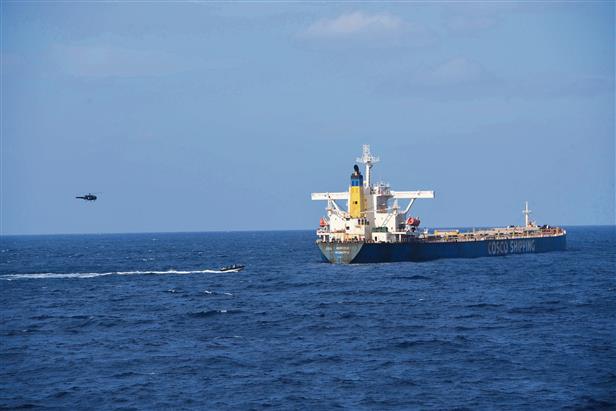
The operation in action
Navy created two separate ‘task groups’. Each of the Indian warships carries helicopters, teams of Marine Commandos (MARCOS), relief material and are connected via satellite to the operations room of the Navy. All equipment to launch an attack on land, at sea or thwart an attack, is on board. The ships are connected via satellite.
The fleet of maritime surveillance planes, Boeing P8I and MQ9B UAVs are on duty for constant surveillance from air. These scan the area and provide live feed to the naval operations’ room on land.
Thanks to the separate agreements with the US and Oman on logistics sharing, naval warships have the option of re-fuelling at US bases in Bahrain and Djibouti, the latter on the east coast of Africa, besides the port of Duqm, Oman. The Navy also has its own fleet of ‘tankers’, carrying fuel and rations, to be supplied mid-sea to the warships.
At land, in Gurugram, the Information Fusion Centre – Indian Ocean Region (IFC-IOR) processes maritime information from 25 partner countries, including the US, France, Italy, Oman, Kenya, the Seychelles and South Africa. This provides information on vessels of interest and allows naval armies to secure the global sea routes. In June 2022, India joined the Bahrain-headquartered 39-nation Combined Maritime Force.
Suspicious rogue ships
Captains on Navy ships out at sea have been tasked to keep an eye out for rogue ships sailing mid-sea as these are suspected to be used by pirates to launch attacks and could have possibly been used to launch drones.
Pirate attacks are taking place far from the coast, leading to suspicion of rogue ships being out there. In the past two weeks, MARCOS of the Navy have boarded suspicious vessels and searched these for pirates, guns and weapons. In a statement on January 3, Navy spokesperson Commander Vivek Madhwal said, “In the past one week, task groups deployed in the area have investigated a large number of fishing vessels and boarded vessels”.
The December 23 attack on MV Chem Pluto added to doubts about a rouge ship. The merchant ship got hit some 400 km west of India, off the coast of Porbandar, Gujarat. The spot was 926 km from the Iranian coast. The Yemen coast is 1,592 km from the site. A strike that far out at sea would need high-end technology, or else a rogue ship launched it. The attack on MV Lila Norfolk on January 4 took place 850 km east of Africa’s Somalian coast, again indicating that a rogue ship was being used by the pirates.
A probe into the hijacking of MV Ruen on December 14 said, “Somali pirates hijacked a dhow (small ship) operating off Somalia and utilised the same for hijacking MV Ruen.”
Since October 17 last year, Houthi rebels, based out of Yemen, have allegedly attacked merchant ships and also the US warships in the Red Sea. The US Central Command, headquartered at Bahrain, in a tweet on January 12, mentioned a missile attack on January 11, saying, “This is the 27th Houthi attack on international shipping since November 19.”
Yemen sits at the eastern edge of narrow straits of Bab-el-Mandab, which connect the Arabian Sea with the Mediterranean Sea via the Suez Canal-Red Sea alignment. Pirates based out of Somalia in East Africa have upped their game.
Adding to the costs
All this has added to the operating cost for shipping companies and for naval forces in keeping the trade routes secure. Shipping on the Asia-Europe-US trade route via the Red Sea stands disrupted, pushing up the insurance costs. A majority of merchant vessels are now using longer routes for the Asia-Europe-US trade, and that is via South Africa. It is 10 days longer than the traditional Suez Canal route, which means more manpower and fuel cost, besides slowing down shipping.
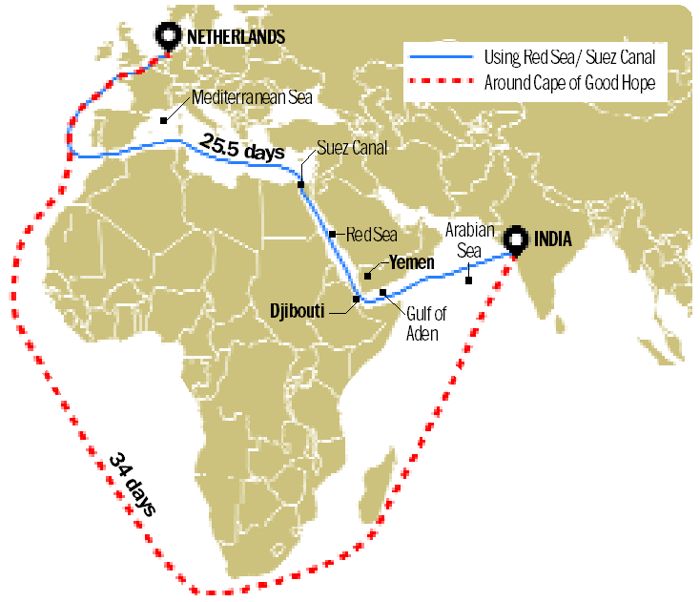
In mid-December, four major shipping companies, which account for half the global maritime trade, stopped using the Red Sea route, which goes through the Suez Canal. The 193-km-long canal accounts for 12 per cent of the global trade, including 30 per cent of all container movement.
The London-headquartered International Chamber of Shipping says some 11 billion tonnes of goods are transported by shipping globally each year. This represents 1.5 tonnes per person, based on the current global population.
Each year, the shipping industry transports nearly 2 billion tonnes of crude oil, 1 billion tonnes of iron ore — the raw material needed to create steel — and 350 million tonnes of grain, says the Chamber.
New law on piracy
The Maritime Anti-Piracy Act 2022 — the first domestic law to empower Indian authorities and courts to deal with piracy and pirate ships on the high seas — was passed by both Houses of Parliament in December 2022.
External Affairs Minister S Jaishankar, speaking at the passing of the Act, said in Parliament, “Ensuring maritime security is key to safeguarding India’s security and economic well-being.”
The Act allows Indian authorities to take action against piracy in the high seas, including the Exclusive Economic Zone (EEZ) of India, the EEZ of any other state, as well as all waters beyond the jurisdiction of any other state — that is international waters. EEZ is an area of the ocean between 22 km and 370 km from the coastline of India.
Proactive role
In October 2008, India sent its first anti-piracy patrol to the Gulf of Aden.
“India was one of the first nations to deploy a ship on anti-piracy patrols. Subsequent ships were deployed based on the requirement as threats evolved and challenges posed over a period of time,” adds Capt Parmar.
In January 2009, India became a founding member of the Contact Group on Piracy off the Coast of Somalia (CGPCS), which was set up as a group of nations, industry associations and multilateral agencies to check piracy in the Indian Ocean region through a UN Security Council resolution.
The Indian Navy and Coast Guard have provided armed naval escorts to ships moving in the area. Merchant ships are escorted along the entire length — 907 km long and 37 km wide — Internationally Recommended Transit Corridor (IRTC) in the Gulf of Aden.
In 2011, piracy shifted eastwards towards India, increasing what is Additional War Risk Premium (AWRP) on insurance. The Navy ramped up and took aggressive action to drive away the pirates. The Defence Ministry proposed a proactive role under the United Nations flag to tackle the threat to maritime traffic from piracy.
“India is in favour of strengthening multilateral cooperation under a UN framework to meet the complex challenges of maritime security,” said the Annual Report for 2010-11 of the Ministry of Defence laid before Parliament.

New Delhi, January 13
In a major step towards thwarting Pakistan’s attempts to increase terrorist activities in Jammu and Kashmir, the Indian Army is launching Operation Sarvashakti, where the security forces will be targeting the terrorists operating on both sides of the Pir Panjal mountain ranges in the UT.
In recent times, Pakistani proxy terrorist groups have tried to revive terrorism in the South of Pir Panjal ranges, especially in the Rajouri Poonch sector, where around 20 troops have been killed in attacks by terrorists, with the latest being on December 21, when four soldiers were killed in the Dera ki Gali area there.
Search operations underway in Poonch
“Operation Sarvashakti would be to carry out combined counter-terrorist operations from both sides of the Pir Panjal ranges where the formations of the Srinagar-based Chinar Corps along with the Nagrota-headquartered White Knight Corps would be carrying out simultaneous operations,” sources in the security forces said.
“The Jammu and Kashmir Police, CRPF, Special Operations Group, and the intelligence agencies would be working in close coordination to thwart Pakistani designs to revive terrorist activities in the UT, especially in the Rajouri Poonch sector,” they added.
The operations are expected to be on the lines of Operation Sarpvinash, which was launched in 2003 to eliminate terrorists from the same areas in the South of Pir Panjal range.
Army Chief General Manoj Pande recently stated that terrorist activities had almost vanished in the area since 2003, but the western adversary is now trying to revive it there.He along with the Northern Command had also held detailed discussions with the Corps Commanders on ways to tackle the threat from these terrorists.
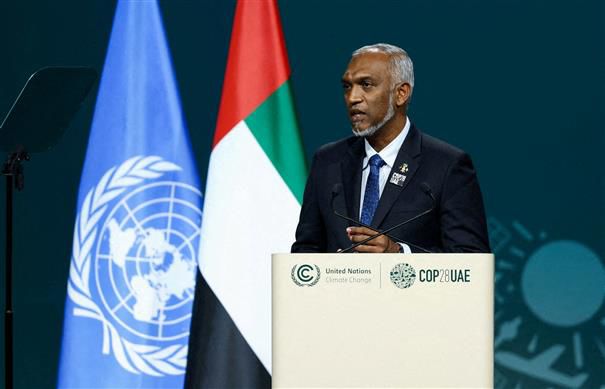
Beijing/Male, January 13
Returning home after a five-day high-profile state visit to China, Maldives President Mohamed Muizzu on Saturday struck a defiant note saying that his country may be small but “doesn’t give them the licence to bully us”.
His comments came amid a diplomatic row with India over derogatory social media posts by three of his ministers against Prime Minister Narendra Modi.
“We may be small but this doesn’t give them the license to bully us,” Muizzu, who is regarded as a pro-China leader, said without naming any country.
“Though we have small islands in this ocean, we have a vast exclusive economic zone of 9,00,000 square km. Maldives is one of the countries with the biggest share of this ocean,” he told the media on his arrival from China after concluding the State visit, the first after assuming office in November last year.
“This ocean does not belong to a specific country. This (Indian) Ocean also belongs to all countries situated in it,” he said, in an apparent jibe at India.
“We aren’t in anyone’s backyard. We are an independent and sovereign state,” he was quoted as saying by the Maldives Sun Online portal.
During his visit to China, Muizzu held talks with President Xi Jinping after which the two countries signed 20 agreements.
“The two sides agree to continue firmly supporting each other in safeguarding their respective core interests,” said a joint statement issued at the end of Muizzu’s talks with the top Chinese leaders.
“China firmly supports the Maldives in upholding its national sovereignty, independence and national dignity, respects and supports the Maldives’ exploration of a development path that suits its national conditions, and firmly opposes external interference in the internal affairs of the Maldives,” the statement said, without referring to any country.
In his media briefing in Male, Muizzu said China has granted USD 130 million in assistance for his country.
Muizzu said the bulk of the USD 130 million assistance will be spent on redeveloping the roads in Male, where the mayor election is being held on Saturday.
He was the former Mayor of the capital city before getting elected to the Presidency in November last year.
“That is approximately USD 130 million in grants. This will be spent on developmental projects. The biggest spending will be on the development of the roads of Male,” he was quoted as saying by local news portal Sun Online.
Also, China’s Ambassador to Maldives Wang Lixin said Maldives will receive support for more development projects from Beijing if they align with President Xi’s initiatives.
Wang, who accompanied Muizzu on his visit to China, said there are three key factors to the strong relations between Maldives and China.
“The first and most important factor is mutual political trust. The second factor is to strengthen the docking of President Xi’s initiatives and the national development strategy of President Muizzu. And with this docking, I think we can decide on more projects that benefit the Maldivian people,” she said.
Wang said that the third one is to follow the principle of extensive consultation, joint construction, and also shared benefits. “I think that with these three key factors, we will have a very fruitful and sustainable cooperation in the future,” she said.
“During this visit, the two heads of state have announced the elevation of our bilateral relations to a Comprehensive Strategic Cooperative Partnership. This will provide a strong political guarantee for the future cooperation between the two countries,” the Sun Online said, quoting her interview.
Muizzu’s visit to China was marred by the diplomatic row with India over derogatory remarks by his ministers against Prime Minister Modi and the release of a report by the EU Election Observation Mission of Maldives that said the ruling coalition of Progressive Party of Maldives (PPM) and the People’s National Congress (PNC) deployed anti-India sentiments and attempted to spread disinformation in the 2023 presidential elections in which Muizzu won.
The EU report cast a shadow over Muizzu’s Presidential election last November as he contested as part of PPM headed at that time by former pro-China President Abdullah Yameen, who is currently serving a prison sentence for corruption.
During Muizzu’s visit to Beijing, the two countries signed a USD 50 million agreement to develop an integrated tourism zone in Hulhumale’ besides building 30,000 social housing units in Rasmale’.
China will also provide grant assistance for the development of a 100-bed tertiary hospital in Vilimale’, the report said.
The India-built Indira Gandhi Memorial Hospital (IGMH) in Male is regarded as the biggest in the country.
The 300-bed hospital was built in 1992 by India well before China made its presence in the island nation with infrastructure projects. The IGMH was remodified with Indian assistance in 2018 with the addition of more diagnostic and treatment facilities.
During Muizzu’s visit to China, the two countries also signed an agreement to allow Maldives’ national airline, Maldivian, to conduct domestic flight operations in China.

![Solved] When is the Indian Armed Forces Veterans Day observed annual](https://images.cdn.kukufm.com/f:webp/https://s3.ap-south-1.amazonaws.com/kukufm/cu_icons/a4260485500b485088f0dac421a95fb2.png)

Dear Esteemed Vetrans,
Veteran’s lunch is being organised at KOM&I on 14 Jan 2024 at 1200hrs on the occasion of veteran’s Day. All veterans alongwith spouse are cordially invited for the occasion’
RSVP: 9888489288
Khetarpal Officers Mess and Institute.
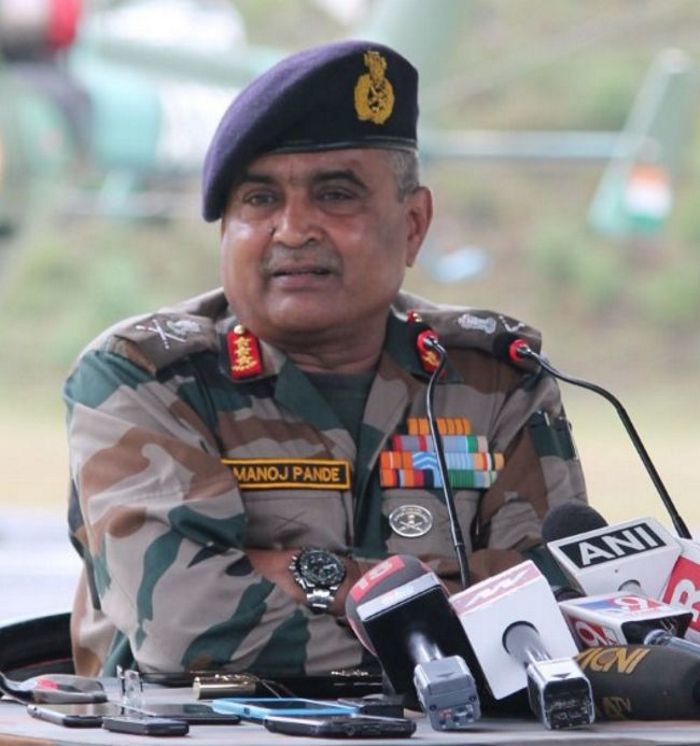
ARMY Chief Gen Manoj Pande has stated that a plan to right-size the Army has been submitted to the Ministry of Defence (MoD). ‘We have a plan to optimise our strength by 2027. We will achieve optimisation by 1 lakh troops,’ he said in the run-up to Army Day, which falls on January 15. The roadmap includes optimising or even phasing out British-era units that are now considered redundant. General Pande has mentioned, for instance, the right-sizing of animal transport units, which are being replaced by drones and all-terrain vehicles. The move is also part of the ongoing efforts to decolonise the Indian military. In its year-end review (2023), the MoD had said: ‘Given the global trends and rightsizing initiatives, the Indian Army is attempting to make the Short Service Commission more attractive.’ It seems that greater emphasis is being laid on quality than quantity.
Force restructuring, rationalising and reorganising are a must to optimise manpower. The proposed creation of integrated triservice commands also envisages such interventions to make the defence forces self-reliant and future-ready. Finding the right ‘teeth to tail’ ratio is a big challenge, considering the existing heavy deployment of troops along the Line of Actual Control in eastern Ladakh. Indian soldiers have been maintaining a ‘very high state’ of operational preparedness along the borders with China and Pakistan.
The right-sizing exercise has to be undertaken cautiously and pragmatically so that there is no compromise on national security. A clear distinction has to be made between what is expendable and what is not. The primary consideration should be to create a leaner and meaner military which can deal more effectively with the enemy. Making tweaks mainly for the sake of reducing expenditure is not advisable. The long-delayed integration of triservices should also be prioritised to make the forces better prepared for contemporary as well as future warfare.

Arjun Sharma
Jammu, January 12
An Army convoy in Krishna Ghati sector close to Line of Control (LoC) came under fire on Friday evening. Soldiers did not retaliate due to the presence of villagers in the vicinity. There was no loss of life in the incident, the Army informed.
Search operation in progress
At around 6 pm on Friday, a security forces convoy was fired upon by suspected terrorists from a jungle near Krishna Ghati-Poonch sector. No casualties to own troops. Joint search operations by Indian Army and JKP are in progress. Official statement
The incident comes 22 days after a similar ambush in Dera ki Gali in Suranote area of the district on December 21 in which an Army gypsy and a truck were fired upon by ultras from different directions killing four soldiers.
Sources informed that at least two bullets were fired from a hilltop on a vehicle of a senior Army officer at Dara Dullian area who was travelling on Mendhar-Poonch road. The area is not very far from the LoC with Pakistan.
Units of Army and Special Operations Group (SOG) immediately cordoned off the area where the incident took place and a search operation was launched inside the forest area. However due to the dark, the search operation was not aggressive.
Checkpoints were installed at most of the roads in the area. However, the terrorists had fired from the forest area and escaped from the site.
White Knight Corps of Army, in an official statement, said, “At around 6 pm today, a security forces convoy of vehicles was fired upon by suspected terrorists from a jungle near Krishna Ghati-Poonch sector. No casualties to own troops. Joint search operations by Indian Army and JKP are on”.
Sources informed that the area where the incident took place has forest as well as some homes of locals in the vicinity. The terrain is tough and has thick vegetation. Sources in Army intelligence said that that it cannot be denied that the group involved in the ambush on December 21 might be behind this attack.
Northern Command in a post on X stated, “A firing incident near Krishna Ghati, Poonch sector, on convoy of security forces. Alert troops followed drills and procedures and withheld fire due to the presence of villagers.”

New Delhi, January 12
More than seven years after an Indian Air Force (IAF) plane went missing with 29 persons on board over the Bay of Bengal, its wreckage has been located at a depth of 3.4 km under the sea.
The wreckage of the crashed AN-32 transport plane, bearing tail No. K-2743, was located 310 km east of Chennai, Tamil Nadu, a statement of the Ministry of Defence said on Friday.
Located At depth of 3.4 km in Bay of Bengal
The Soviet-manufactured plane had taken off around 8.30 am from the Tambaram Air Force Station in Chennai on July 22, 2016. It last contacted the Chennai Air Traffic Controller at 8.46 am, 16 minutes after the take-off.
It was scheduled to land around 11 am at Port Blair in Andaman and Nicobar Islands. Soon after the crash, a search and rescue operation was launched using aircraft and ships, but none of the 29 persons on board or the wreckage could be found.
The IAF today said the National Institute of Ocean Technology, which functions under the aegis of the Ministry of Earth Sciences, had recently deployed an autonomous underwater vehicle with deep-sea exploration capability.
The last known location of the missing AN-32 was used and the search was conducted at a depth of 3,400 metres using multiple payloads, including a multi-beam sound navigation and ranging (SONAR), synthetic aperture SONAR and high-resolution photography.
“The search images were scrutinised and found to be in conformity with an AN-32 aircraft. This discovery at the probable crash site, with no other recorded history of any other missing aircraft report in the same area, points to the wreckage as possibly belonging to the crashed IAF AN-32 (K-2743),” the MoD said.
Among the 29 persons on board were four IAF officers, including the two pilots and a navigator of the missing plane. The plane had six crew, including the three officers. A fourth officer was among the passengers. Also on board were 10 IAF personnel, two people from the Indian Army and nine from the Navy, among them eight from the civilian staff of the force. A staff member of the Defence Services Corps and one from the Indian Coast Guard were also among those on board.

























































